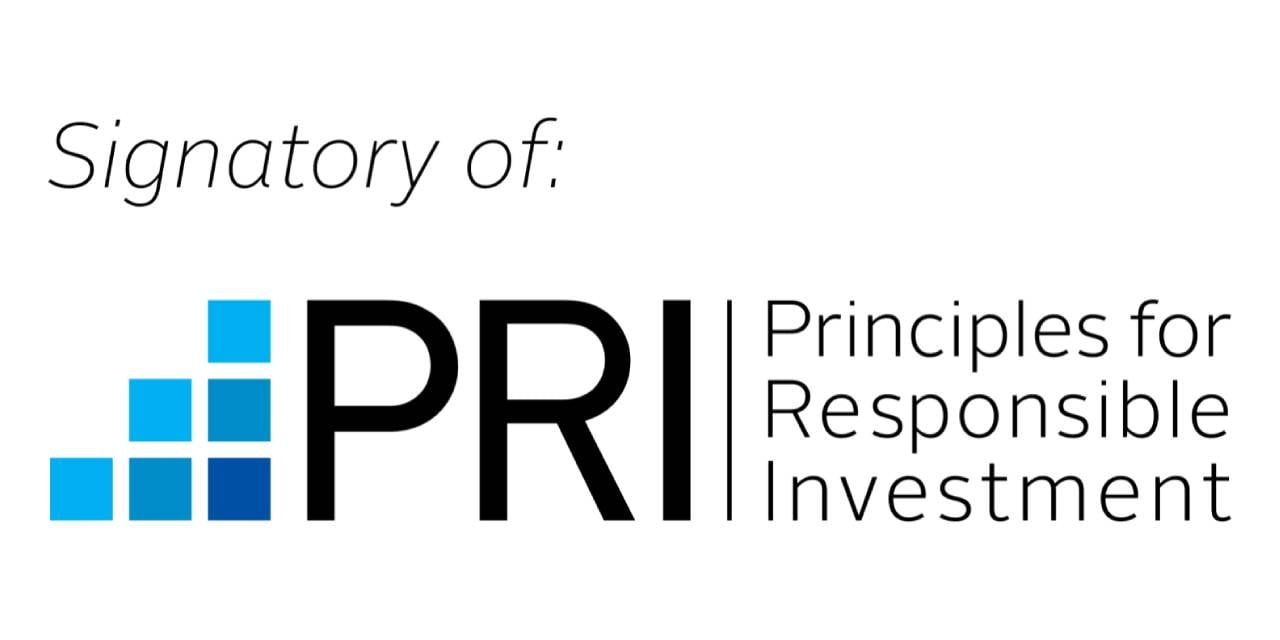Baird Asset Management

Baird Funds Commitment to Responsible Investing
Baird Funds, Inc., is a United Nations Principles for Responsible Investment signatory to publicly demonstrate its commitment to responsible investment and building a more sustainable financial system.






